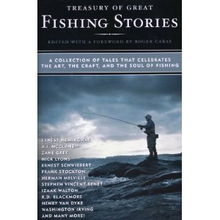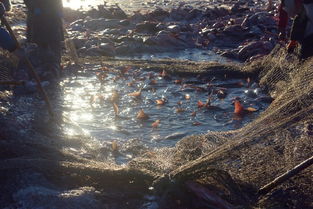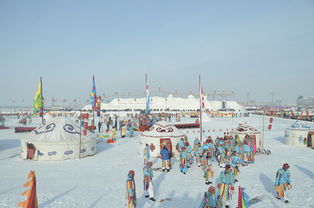Content:
In the annals of history, there are countless tales of bravery, cunning, and resilience. Among these, the legends of war-time fishing stand out as particularly intriguing. These stories often weave together the hardships of war with the serenity of nature, highlighting the remarkable skills and techniques employed by soldiers to sustain themselves in the face of adversity. This article delves into the myths and practical methods behind these war-time fishing legends, offering aspiring anglers a glimpse into the art of angling as it was practiced during times of conflict.
The Myths of War-Time Fishing Legends
The legends of war-time fishing are steeped in myth and lore. One such tale is that of the World War II soldier who, with a mere handline and a few hooks, managed to fish for hours on end, catching enough to feed an entire platoon. Another legend speaks of the Viet Cong soldier who, amidst the chaos of battle, skillfully cast his line into the murky waters, reeling in a bounty of fish that kept his morale high. While these stories may be embellished, they do hold kernels of truth that can be invaluable to any angler looking to improve their skills.

Understanding the Basics
Before delving into the specialized techniques of war-time fishing, it's important to understand the basics of angling. Angling is the art of catching fish with a rod, line, and hook. The primary goal is to attract fish with bait or lures and then to land them by reeling in the line. Here are some fundamental aspects of angling that are crucial to mastering the art:
Rod and Reel Selection: The choice of rod and reel is critical. A good rod should be strong enough to handle the fish you're targeting, while a reel should have a smooth drag system to prevent the line from snapping under tension.
Line and Leader: The line is the lifeline of your fishing setup. It should be strong, yet flexible enough to cast and retrieve smoothly. The leader is a shorter section of line that connects the main line to the hook and is often used to reduce the visibility of the line to fish.
Bait and Lures: Bait is food that is used to attract fish, while lures mimic the movement of prey. The choice of bait or lure depends on the type of fish you're targeting and the conditions of the water.
Techniques from the Legends
Now that we have a grasp of the basics, let's explore some of the techniques that have been passed down through the legends of war-time fishing:
Patience and Observation: The ability to sit quietly and observe the water is a skill that separates the beginners from the pros. During war times, soldiers had to be patient and observant to spot fish movement and identify the best spots to cast.
Cast with Precision: In the heat of battle, soldiers had to cast their lines with precision to avoid detection. This required a strong arm and a steady hand. Modern anglers can improve their casting by practicing in open spaces and focusing on accuracy.
Adaptability: War-time anglers often had to adapt to changing conditions, such as shifting currents or weather. This adaptability is key to success in any fishing situation. It involves understanding the behavior of the fish you're targeting and adjusting your tactics accordingly.
Innovative Baiting Techniques: Many war-time anglers used unconventional baiting techniques due to a lack of supplies. They might have used insects, small mammals, or even parts of their own uniforms as bait. This creativity can inspire modern anglers to experiment with different bait options.
Tying Knots: The ability to tie strong and reliable knots is essential. War-time anglers had to rely on their knot-tying skills to ensure their lines didn't break. Today, anglers can learn from these legends by practicing a variety of knots, such as the improved clinch knot, the Palomar knot, and the Uni knot.
Learning from the Past
The legends of war-time fishing offer a rich tapestry of stories and techniques that can be invaluable to any angler. By studying the myths and the practical methods of these legends, we can gain a deeper appreciation for the art of angling and improve our own skills. Whether you're targeting the serene waters of a peaceful lake or the challenging currents of a war-torn river, the lessons learned from these legends can help you become a more skilled and successful angler.
In conclusion, the art of angling is not just about catching fish; it's about understanding the environment, adapting to its whims, and honing one's skills. The war-time fishing legends remind us that the essence of angling lies in the pursuit of a connection with nature, even in the most trying of circumstances. So, the next time you're out on the water, remember the tales of the brave anglers who fished during times of war, and let their stories inspire you to become a master of the art.












